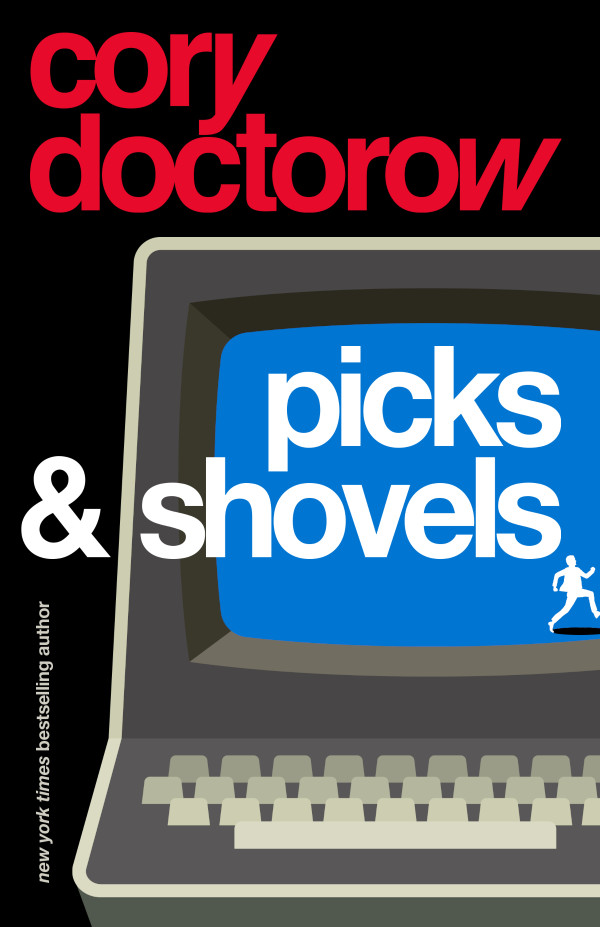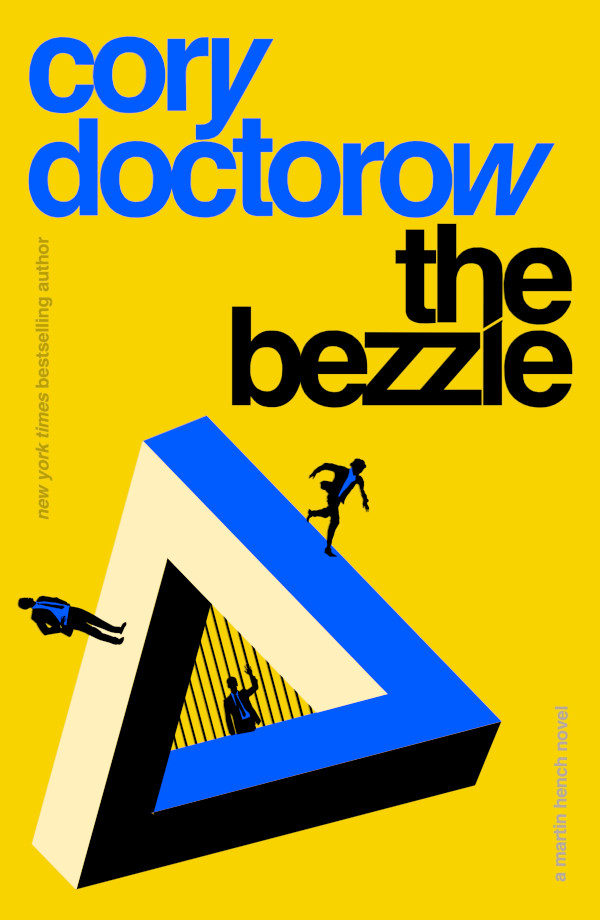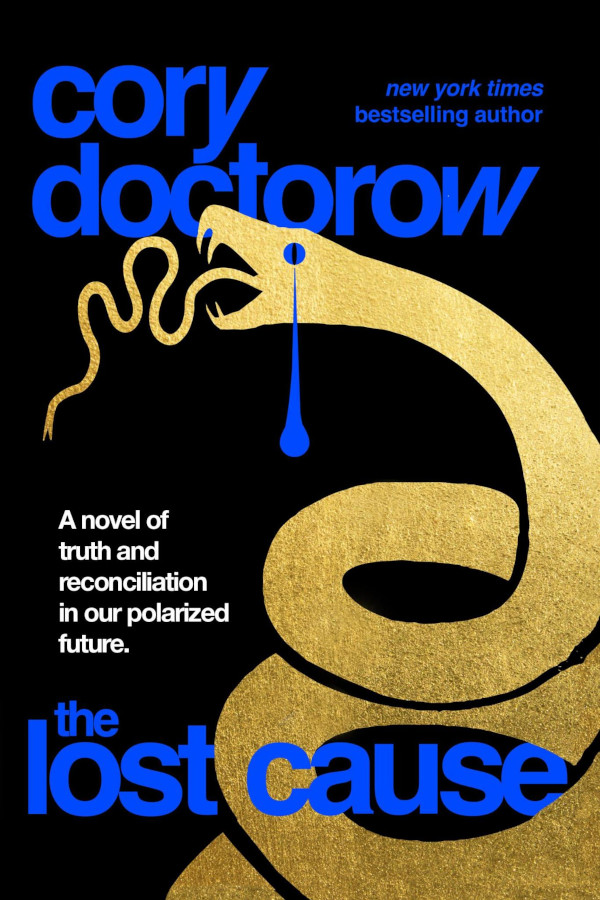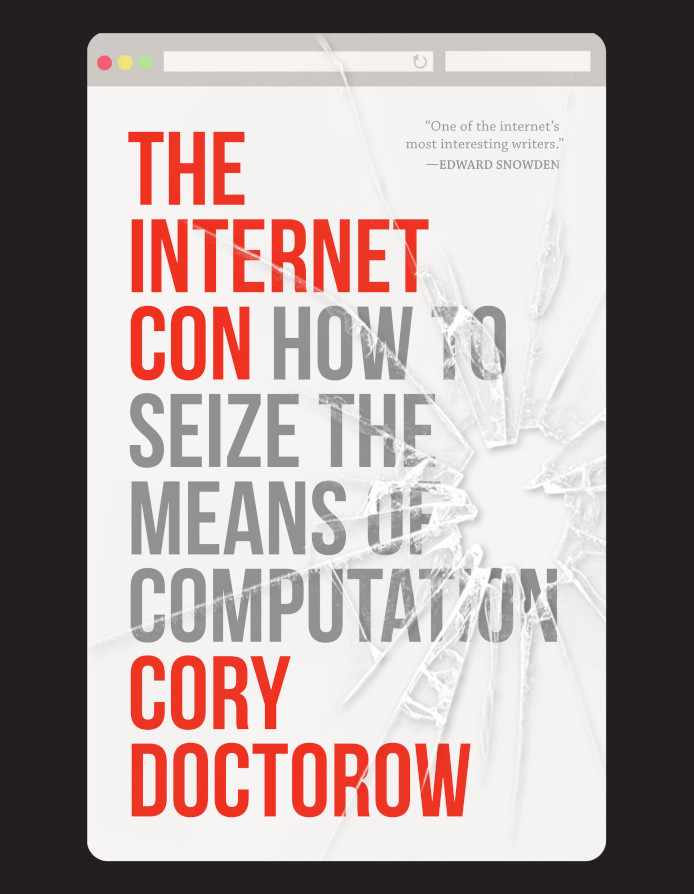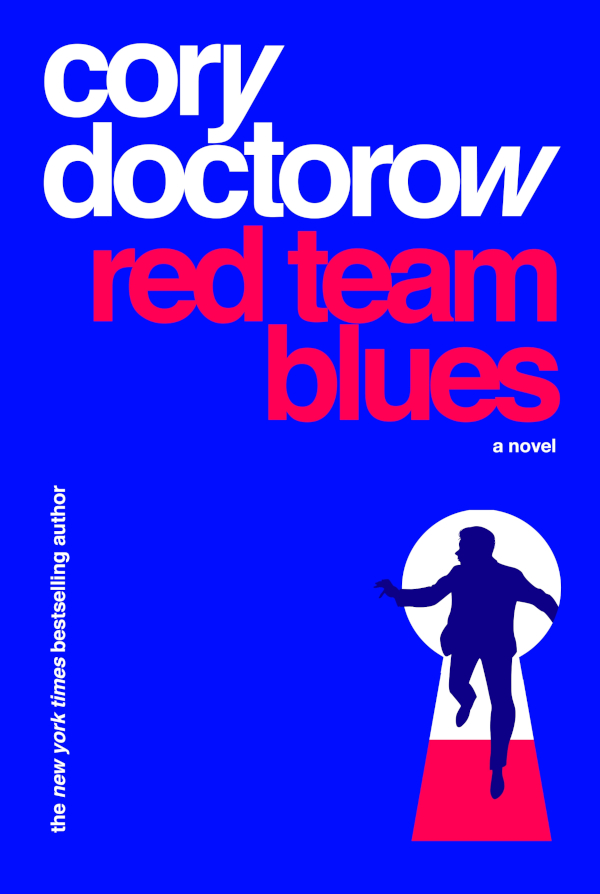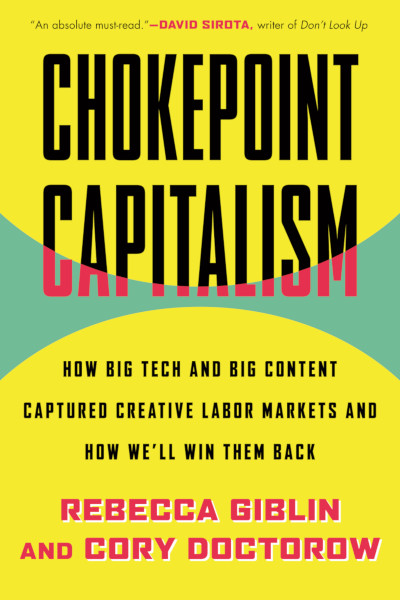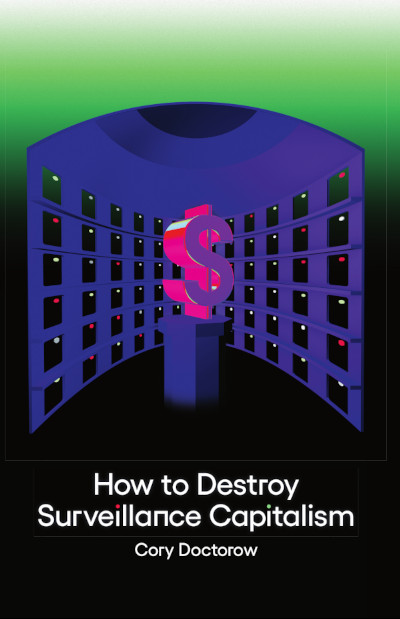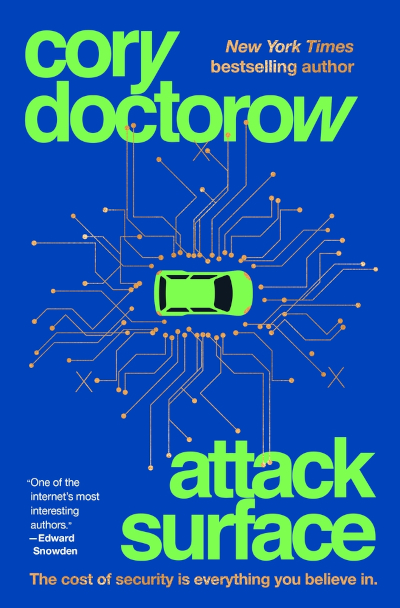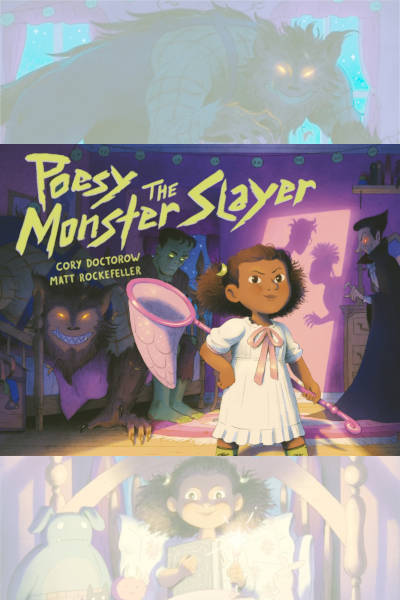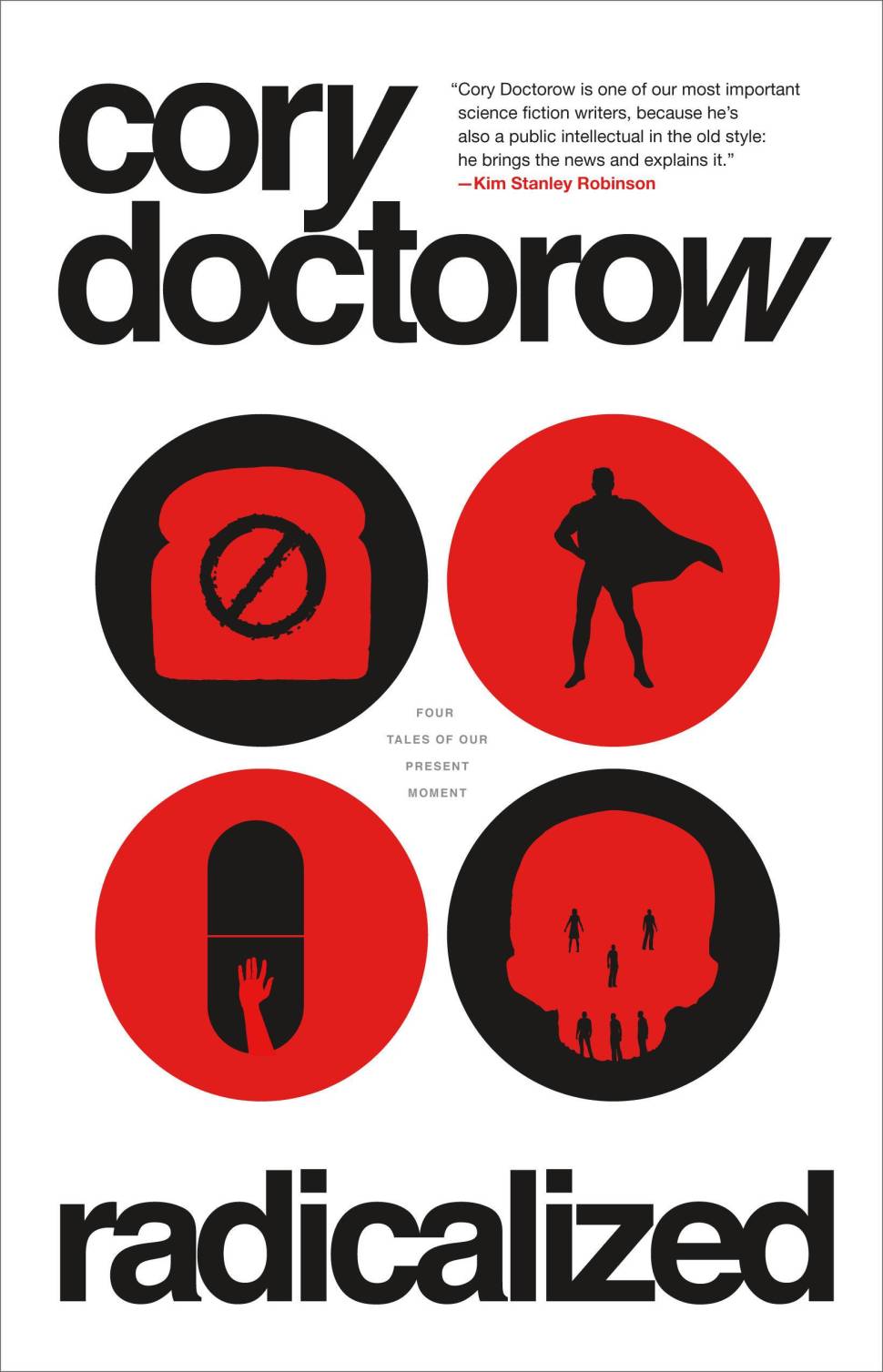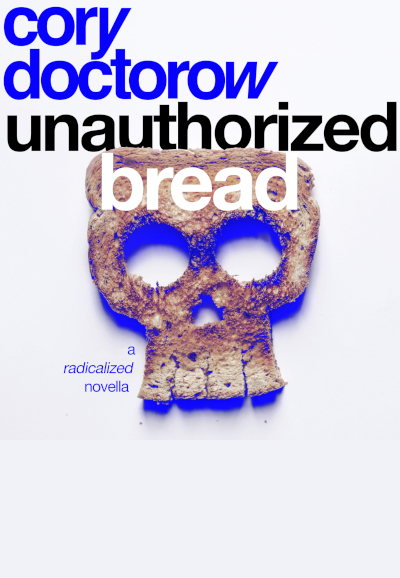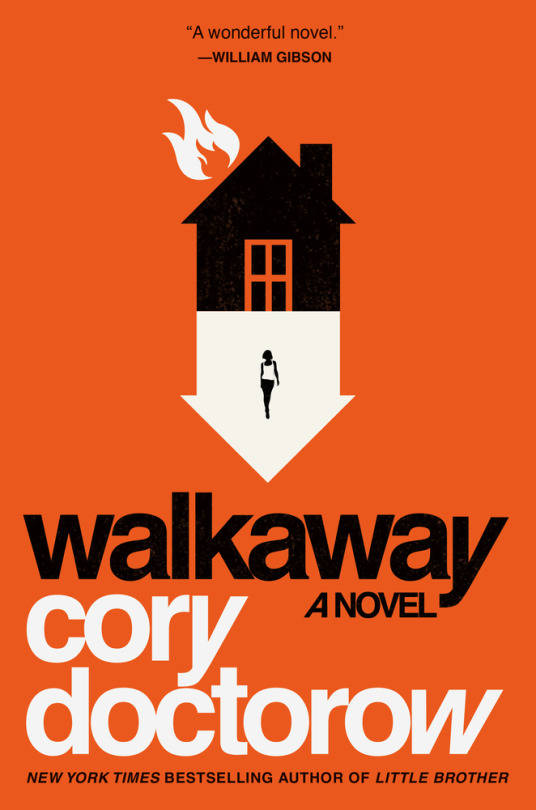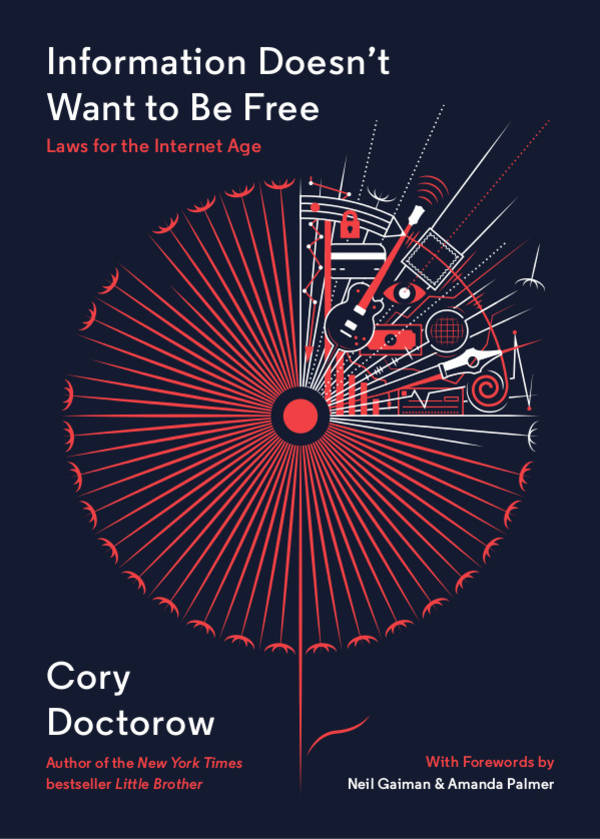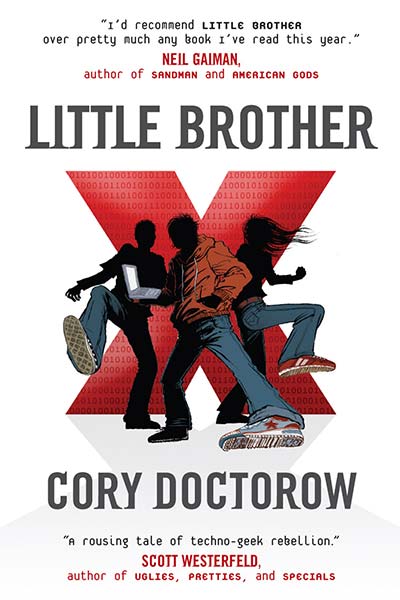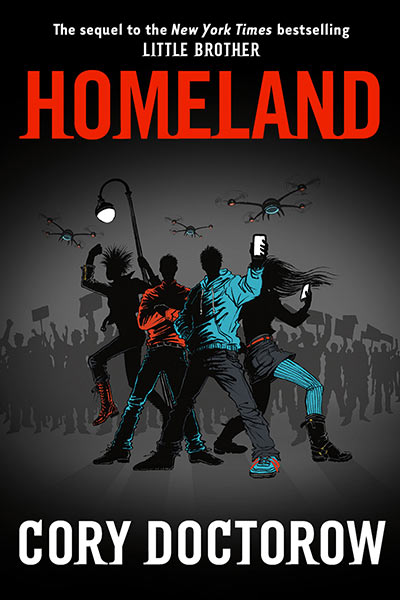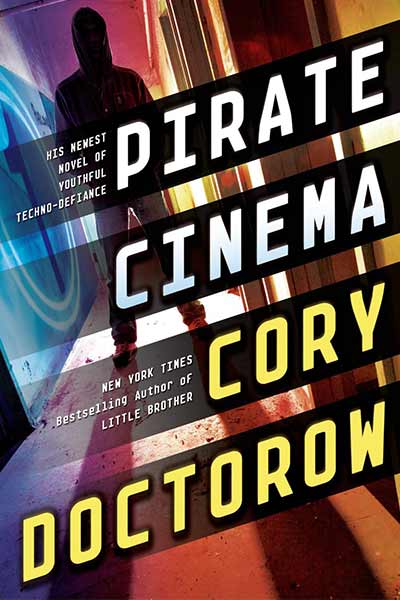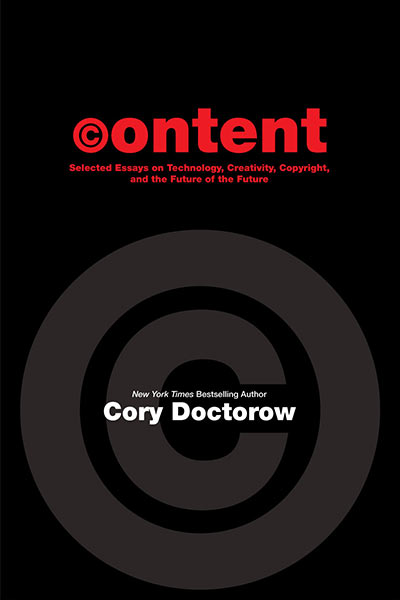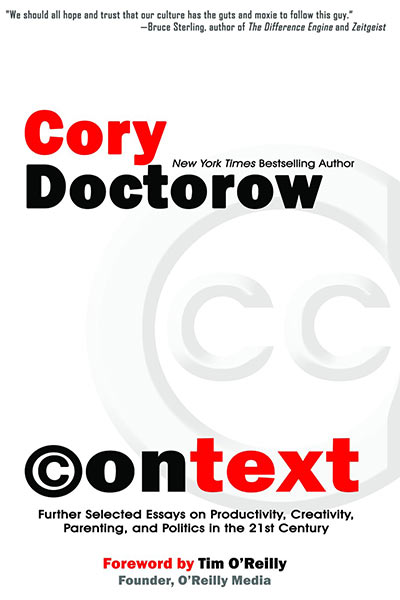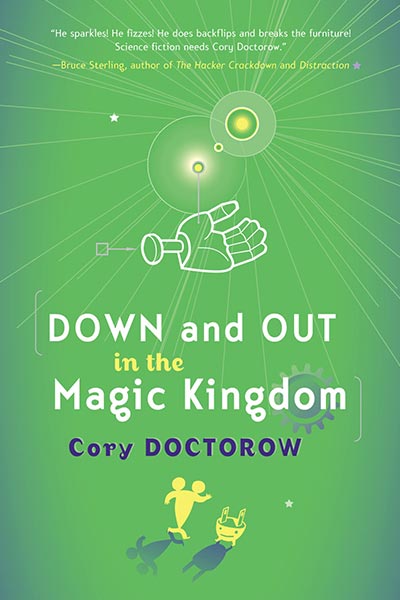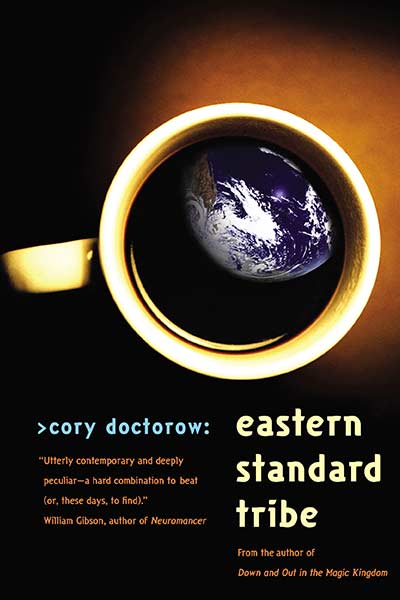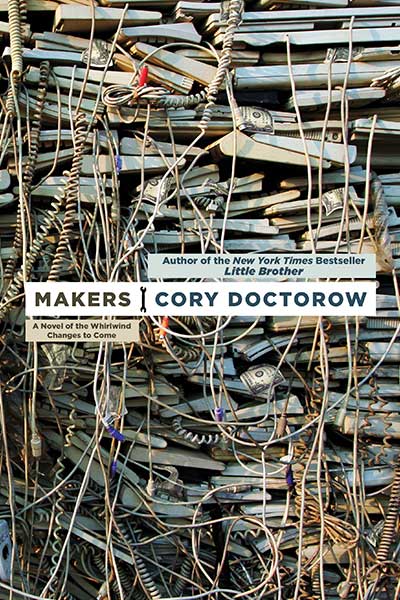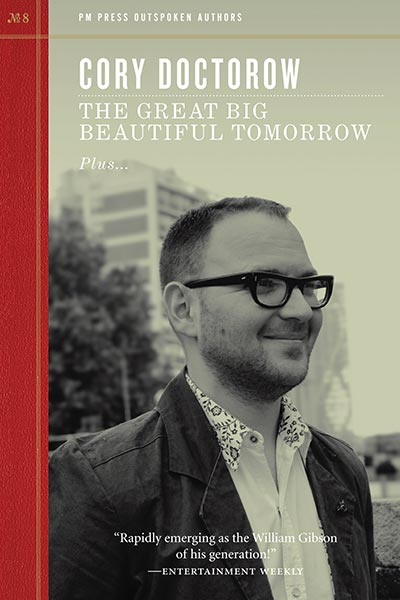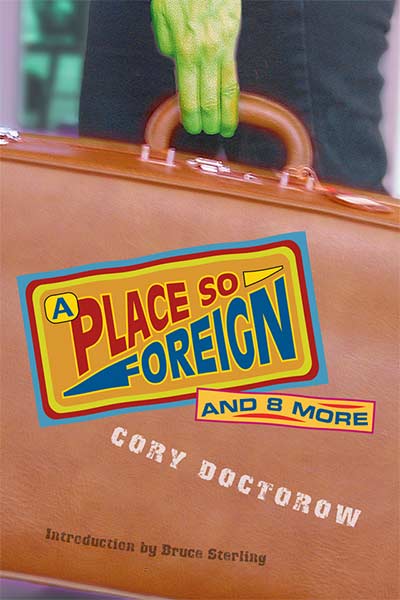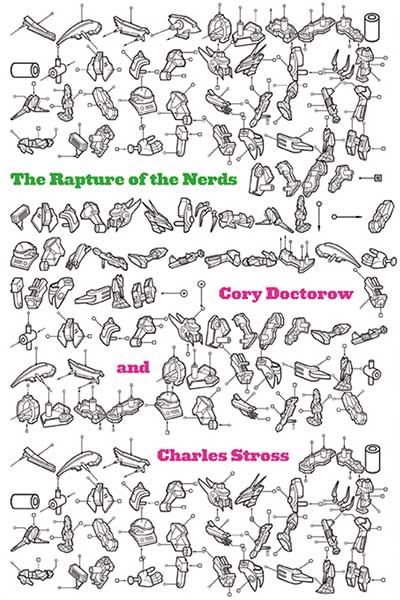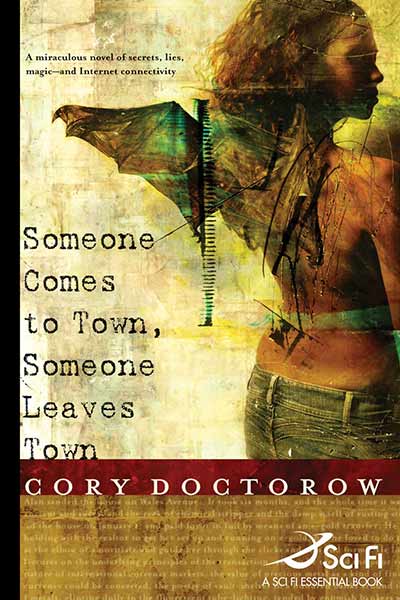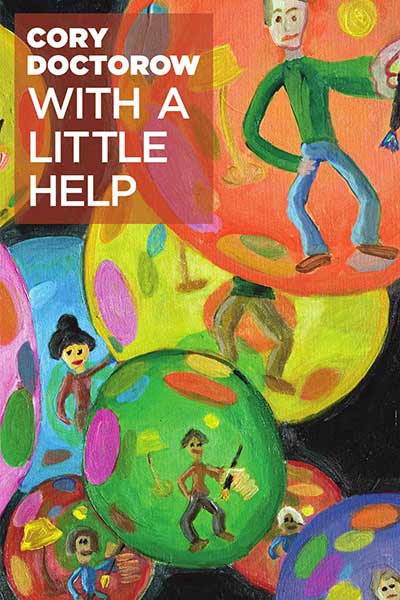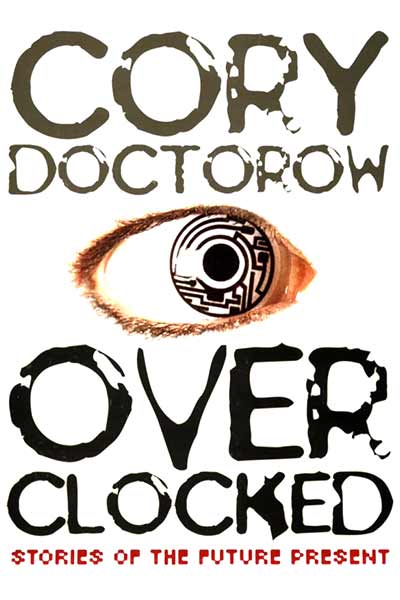Internet Evolution’s just posted my latest column for them, on “Internet Immune Systems.” We’re designing more and more automated defenses for the Internet, systems that shut you down or block you if you appear to be doing something naughty, but the problem is that while the defenses are automatic, the appeals process is decidedly manual.
The tripwire that locks you out was fired-and-forgotten two years ago by an anonymous sysadmin with root access on the whole network. The outsourced help-desk schlub who unlocks your account can’t even spell “tripwire.” The same goes for the algorithm that cut off your credit card because you got on an airplane to a different part of the world and then had the audacity to spend your money. (I’ve resigned myself to spending $50 on long-distance calls with Citibank every time I cross a border if I want to use my debit card while abroad.)
This problem exists in macro- and microcosm across the whole of our technologically mediated society. The “spamigation bots” run by the Business Software Alliance and the Music and Film Industry Association of America (MAFIAA) entertainment groups send out tens of thousands of automated copyright takedown notices to ISPs at a cost of pennies, with little or no human oversight. The people who get erroneously fingered as pirates (as Motion Picture Association of America CEO Dan Glickman charmingly puts it, “When you go fishing with a dragnet, sometimes you catch a dolphin.”) spend days or weeks convincing their ISPs that they had the right to post their videos, music, and text-files.
